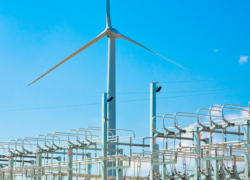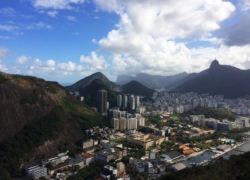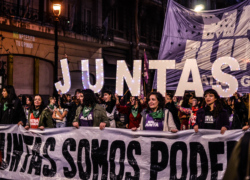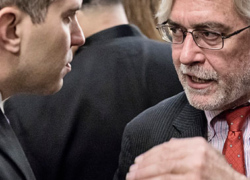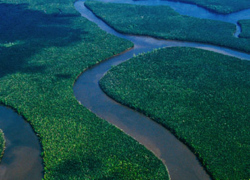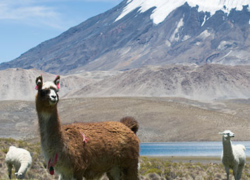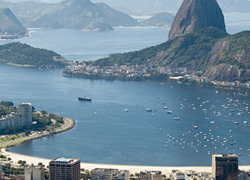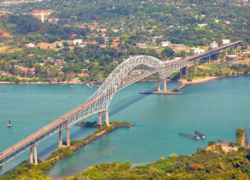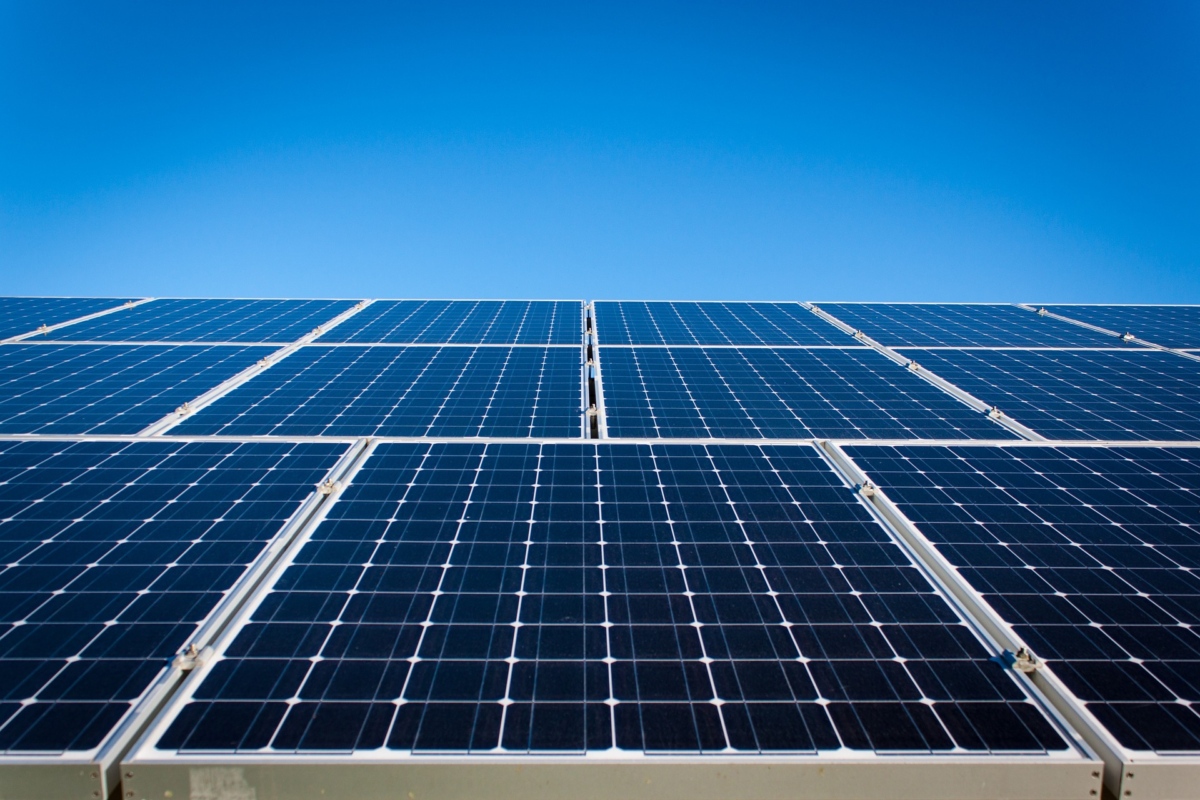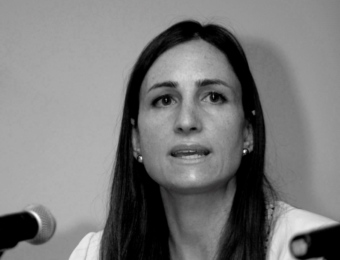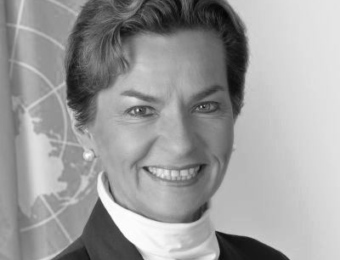
Energy Transition & Climate
The Inter-American Dialogue’s Energy Transition & Climate Program aims to accelerate a just energy transition and expand access to clean, secure, and affordable energy in the Western Hemisphere. By convening experts, policymakers, corporate leaders, and civil society to share balanced, innovative, action-oriented analysis, and best practices, the program aims to enhance energy security, mitigation, adaptation, and resilience to the climate crisis in line with the objectives and timeline of the Paris Agreement and Sustainable Development Goals.
Events See all
Analysis See all

Blanco: “El movimiento hacia las transiciones energéticas y las energías verdes es un movimiento difícil de revertir.”
Alfonso Blanco, director del programa de Transición Energética y Clima del Diálogo Interamericano habló con Voz de América sobre los foros de APEC en Perú y COP29 en Azerbaiyán y sus ramificaciones ambientales y climáticas.

Las elecciones presidenciales estadounidenses y su potencial impacto en el sector de la energía y el clima en América Latina y el Caribe
La forma en que se apliquen las políticas y se adapten a las realidades del comercio y la inversión será crucial para el futuro de las relaciones entre Estados Unidos y los países de la región.

Elections Series – ONLINE EVENT: A Conversation with Paul Simons on the US Election and the Future of Energy and Climate in Latin America
The Inter-American Dialogue’s Energy Transition and Climate Program hosted a virtual fireside chat on October 30, 2024 with Ambassador Paul Simons to discuss how the 2024 US presidential election could impact climate and energy policies in the Western Hemisphere.
Experts See all
Partners and Sponsors



















